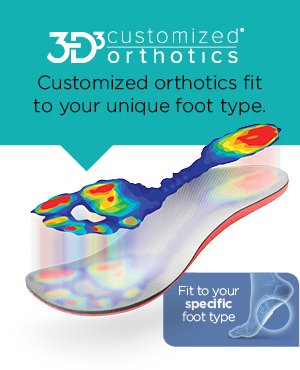Swollen Ankles
Related Conditions:
Swollen feet and legs, referred to medically as edema, occur when fluid is retained in the spaces between body cells. Edema typically affects the feet, ankles and lower legs, but can also impact any area of the body, causing systemic symptoms.
Causes:
Edema can be caused by a serious condition of the kidney, heart,
liver or blood vessels, but many other factors can contribute to its
onset, including:
- Eating a poor diet high in salt and carbohydrates
- Abusing laxatives
- Abusing diuretics
- Abusing drugs
- Taking birth control or hormone replacement therapy pills
- Pregnancy and PMS
- Sodium retention
- Varicose veins and history of phlebitis
- Allergic reactions
- Neuromuscular disorders
- Trauma
Symptoms:
Initially, the feet and legs will appear swollen as the day progresses, but after a period of time, the swelling will set in first thing in the morning and continue to worsen throughout the day. Long-term edema causes pitting: When you press on the swollen area for a few seconds, you will notice an indentation in that area. Continued swelling can cause skin ulcerations.
Over time, other symptoms will develop:
- High blood pressure
- Headaches
- Increased urination
- Palpitations
- Swollen hands and/or wrists
- Puffy eyes
- Weight gain
Relief and Prevention:
The hallmark of treatment is to reduce the swelling, and the first line of defense: leg elevation. Elevate legs above the level of the heart, which puts minimal pressure on the backs of the knees and thighs and lower back. Just sitting in a reclining chair in front of the TV is a great way to elevate your legs. Many products, for use at home or at work, can also help reduce swelling.
Other aids include:
- Leg wedges to elevate the feet while sleeping.
- Support socks and stocking, either over-the-counter or customer-made.
- Support socks and stockings come in various gradients depending on the pressure needed, and various lengths depending on the level of the edema.
- Proper fitting shoes and socks. Buy new shoes in the afternoon to get the best fit.
Techniques to help decrease swelling:
- Increase muscle activity with walking.
- Avoid standing in place for long periods of time.
- Avoid sitting with the feet dependent.
- Limit salt intake.
- Do not abuse diuretics, but a short-term course may be helpful.
- Do not abuse laxatives.
- Drink plenty of water.
- Avoid contraceptive pills and hormone replacement therapy
if possible. - Use a compression pump to help fluid return to the blood vessels.
If the edema persists or continues to worsen, please consult
your physician.


